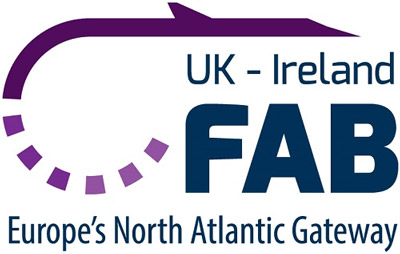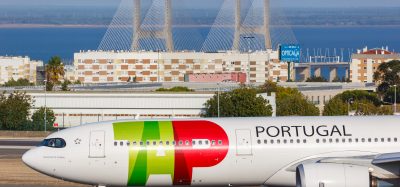UK-Ireland FAB completes SESAR concept of dynamic sectorisation trial
Posted: 26 February 2016 | Katie Sadler, Digital Content Producer, International Airport Review | No comments yet
UK-Ireland FAB (Functional Airspace Block) has completed a trial of the SESAR concept of dynamic sectorisation, designed to tactically switch air traffic services between providers.


UK-Ireland FAB (Functional Airspace Block) has completed a trial of the SESAR concept of dynamic sectorisation, designed to tactically switch air traffic services between providers.


The tactical switching of air traffic services between providers, outlined in the SESAR concept of dynamic sectorisation, is proving to be a key concept in next generation air traffic management.
The UK-Ireland FAB launched the first ever Dynamic Sectorisation Operational Trial (DSOT) in 2014. The first phase of the trial, which completed in late 2014, saw the Irish Air Navigation Service Provider, the IAA, deliver air traffic control services in a portion of UK airspace on a trial basis.
The second phase of the trial, which has recently concluded, involved the tactical switching of a piece of Irish airspace between the Irish and UK air traffic management systems, with UK air traffic controllers at NATS live shadowing a portion of Irish airspace and both Irish and UK controllers working closely to assess the impact of real time dynamic sectorisation of airspace.
Free Route Airspace will deliver significant benefits to airlines and business aviation by providing them with greater choice on the route they take when flying through UK and Irish airspace, ultimately enabling them to fly more efficient routes, burn less fuel and save money. Both the IAA and NATS are part of the Borealis Alliance, a voluntary collaboration between nine Northern European ANSPs and three FABs to introduce a single, flight-plannable area of Free Route Airspace in Northern Europe by 2021.
“This has been a major piece of work that takes us a step closer to the vision of a Single European Sky”
As well as fulfilling all of the objectives set out at the start of the trial, the UK-Ireland FAB tested the interoperability between COOPANS, the flight data processing system already used by the IAA to provide FRA in Ireland and iTEC, a new flight data processing system which comes into operation in parts of UK airspace from 2016 and will underpin the introduction of FRA into UK airspace. NATS and the IAA also successfully tested the transfer of traffic via Latitude and Longitude co-ordinates rather than named Co-ordination Points (COPs), paving the way for future cross border trajectory-based operations.
Alastair Muir, Director of Operations at NATS Prestwick Centre, said: “This has been a major piece of work that takes us a step closer to the vision of a Single European Sky. By completing this phase of the trial and also testing the interoperability of our new flight data processing system with the system already used by the IAA, we have now delivered all of the initial objectives of the DSOT project and more.”
Sean Patrick, General Manager En Route and North Atlantic Communications, IAA, said: “We are very pleased with the outcomes of the Dynamic Sectorisation trials, which demonstrate the commitment of all the FAB partners to deliver significant benefits to our customers”.
Join our free webinar: Beyond silos: How ecosystem thinking elevates the airport experience
In today’s complex aviation landscape, airports are moving beyond siloed operations to embrace a new era of collaboration. This webinar focuses on how leading airports are using ecosystem thinking to adapt, personalize, and continuously improve every touchpoint, boosting both passenger satisfaction and non-aeronautical revenue.
Date: 13 Nov | Time: 10:00 GMT
REGISTER NOW TO SECURE YOUR SPOT
Can’t attend live? No worries – register to receive the recording post-event.

















